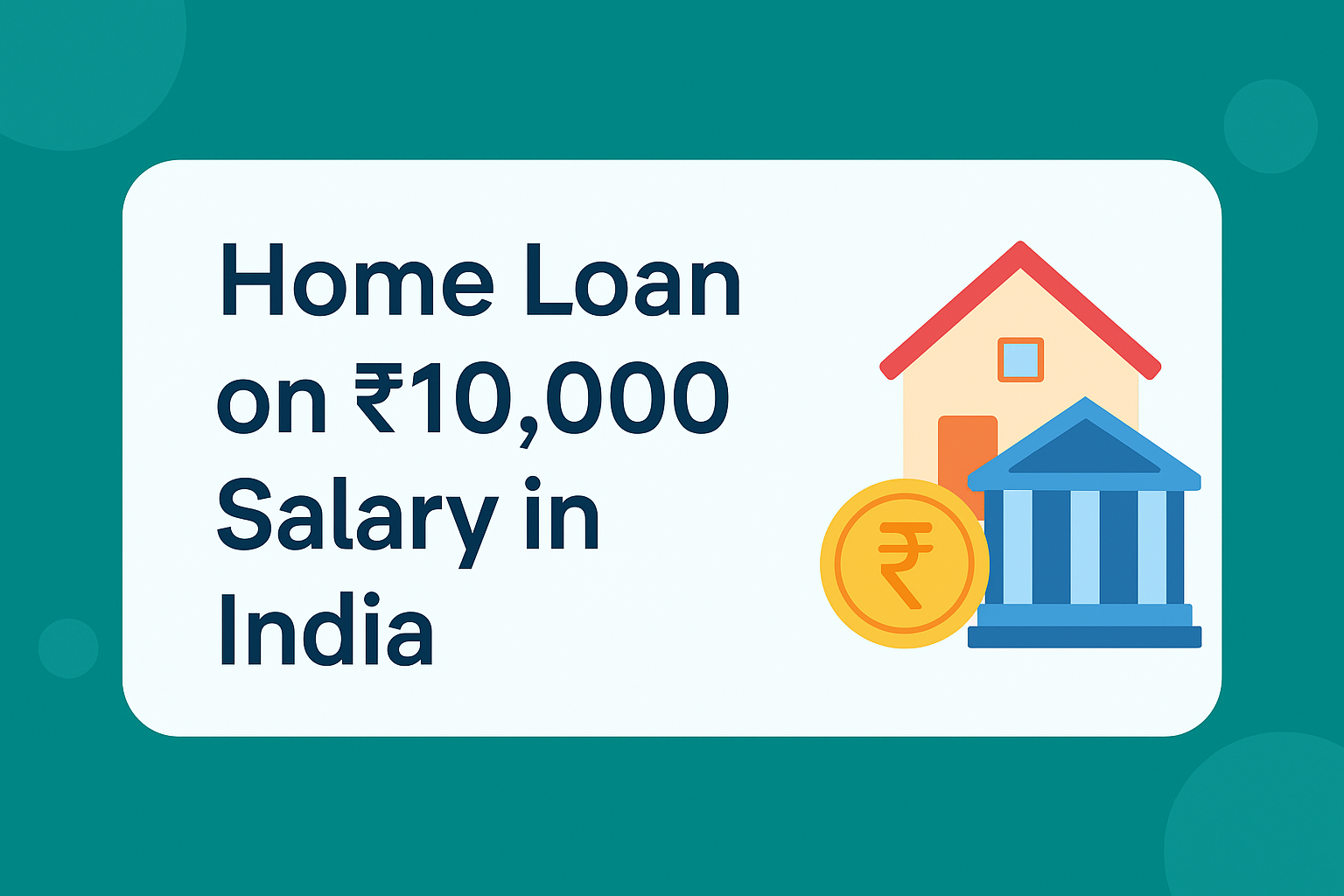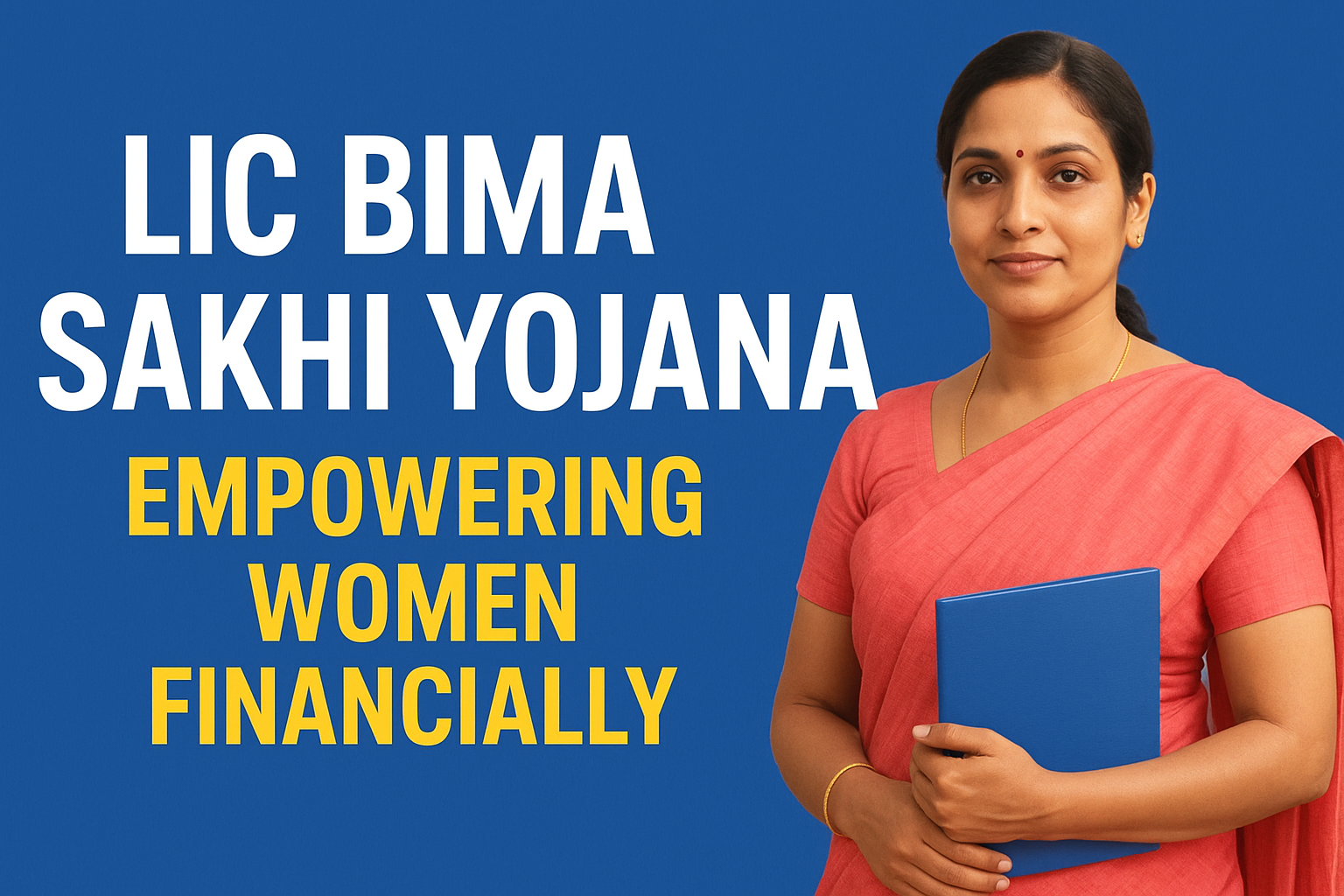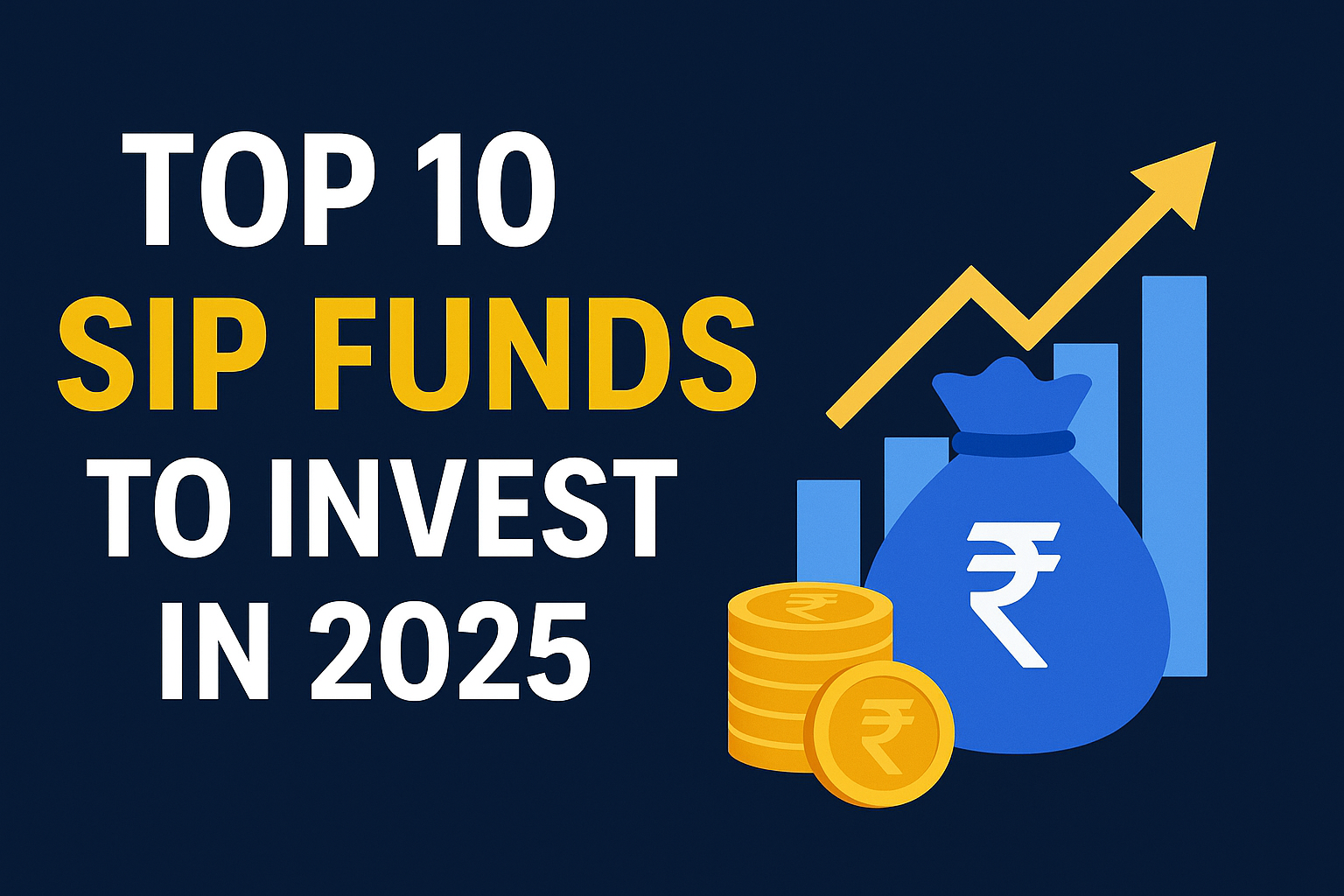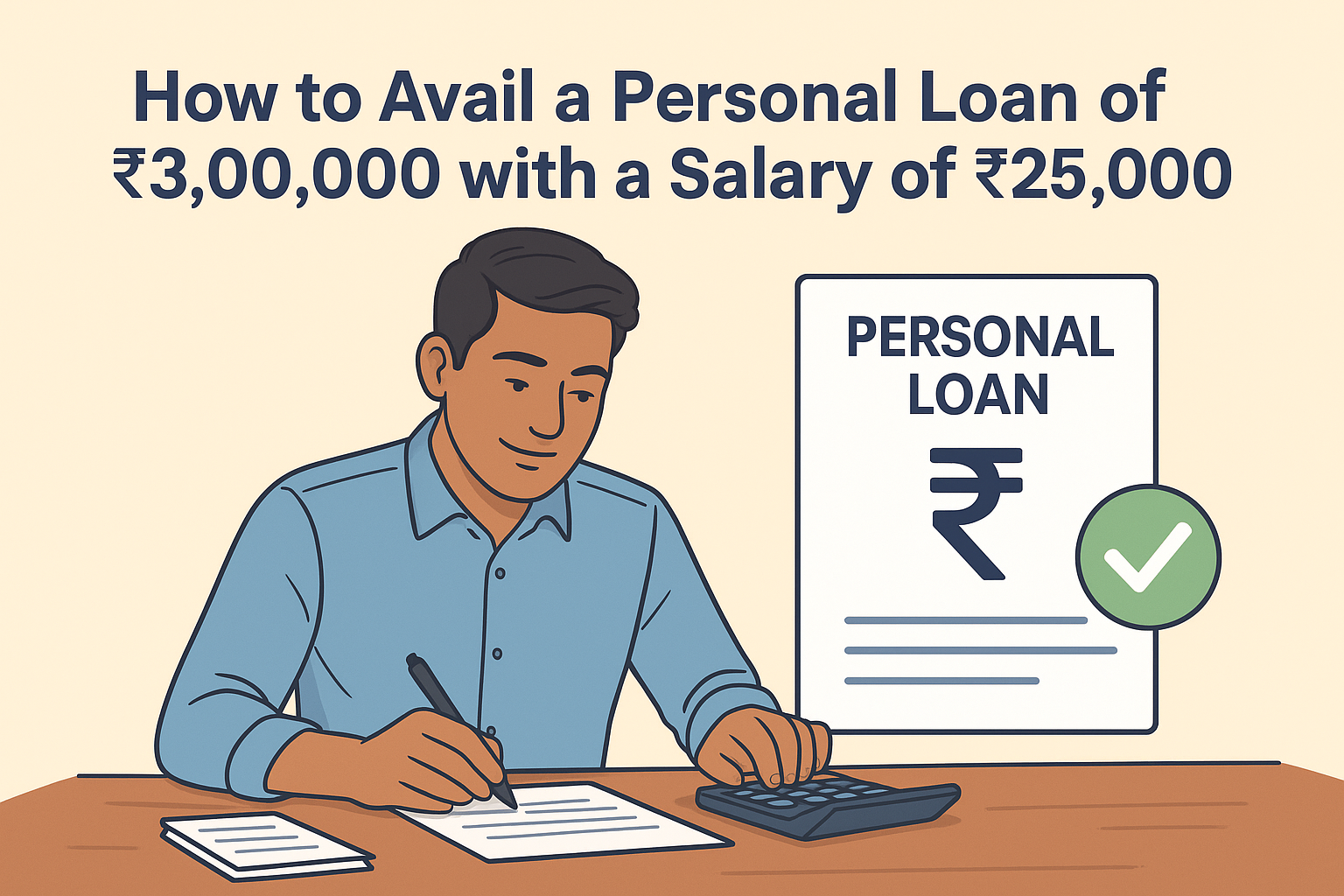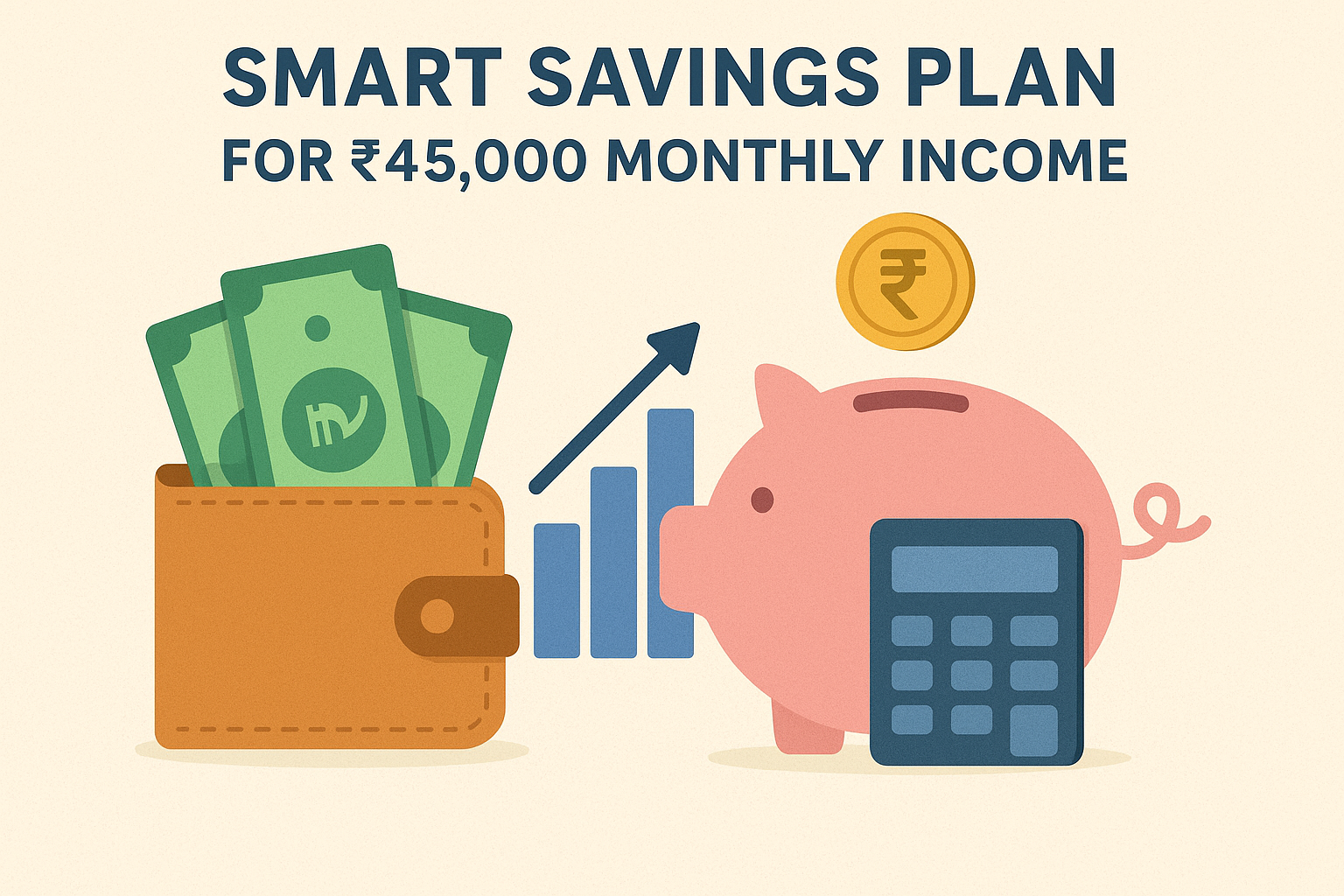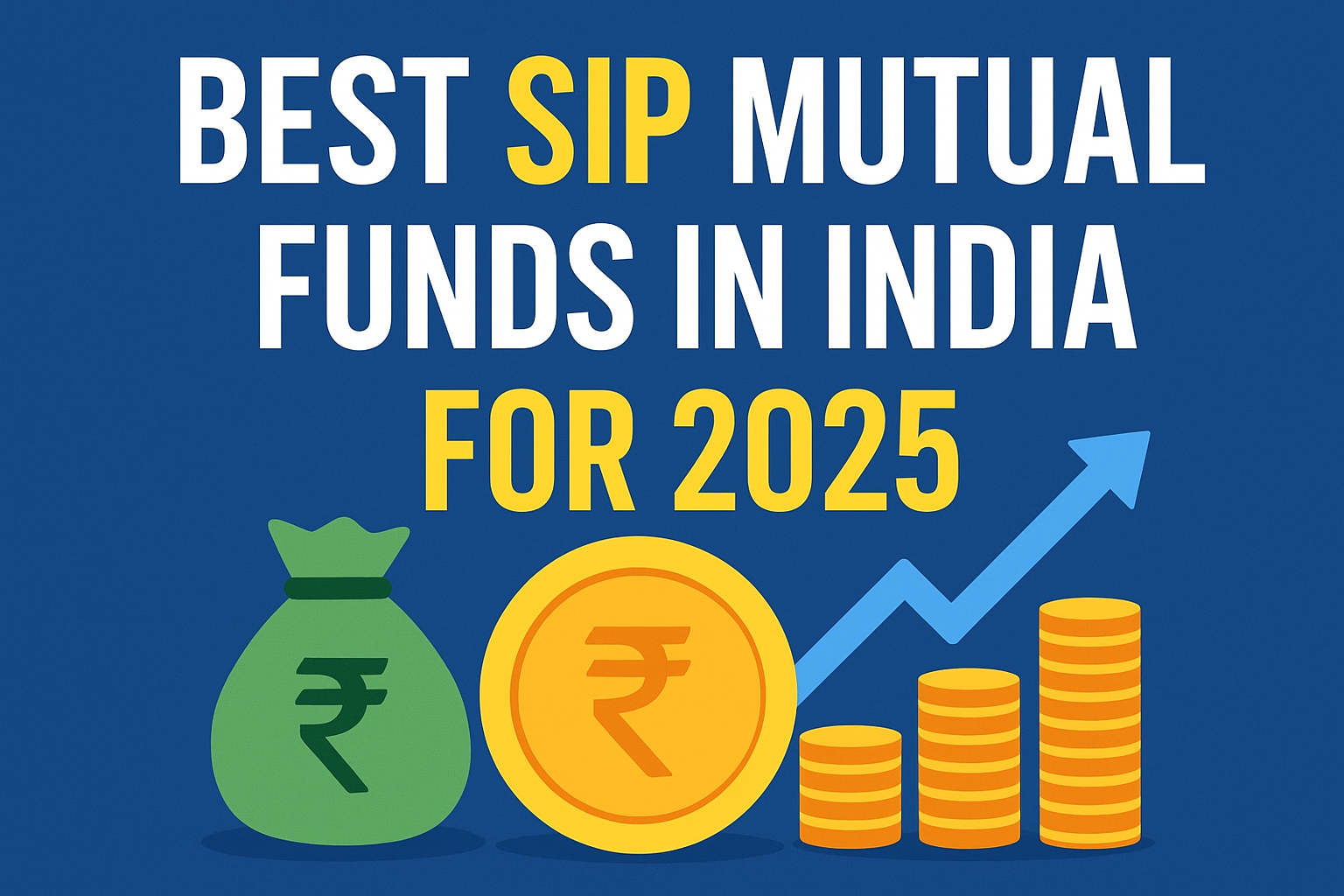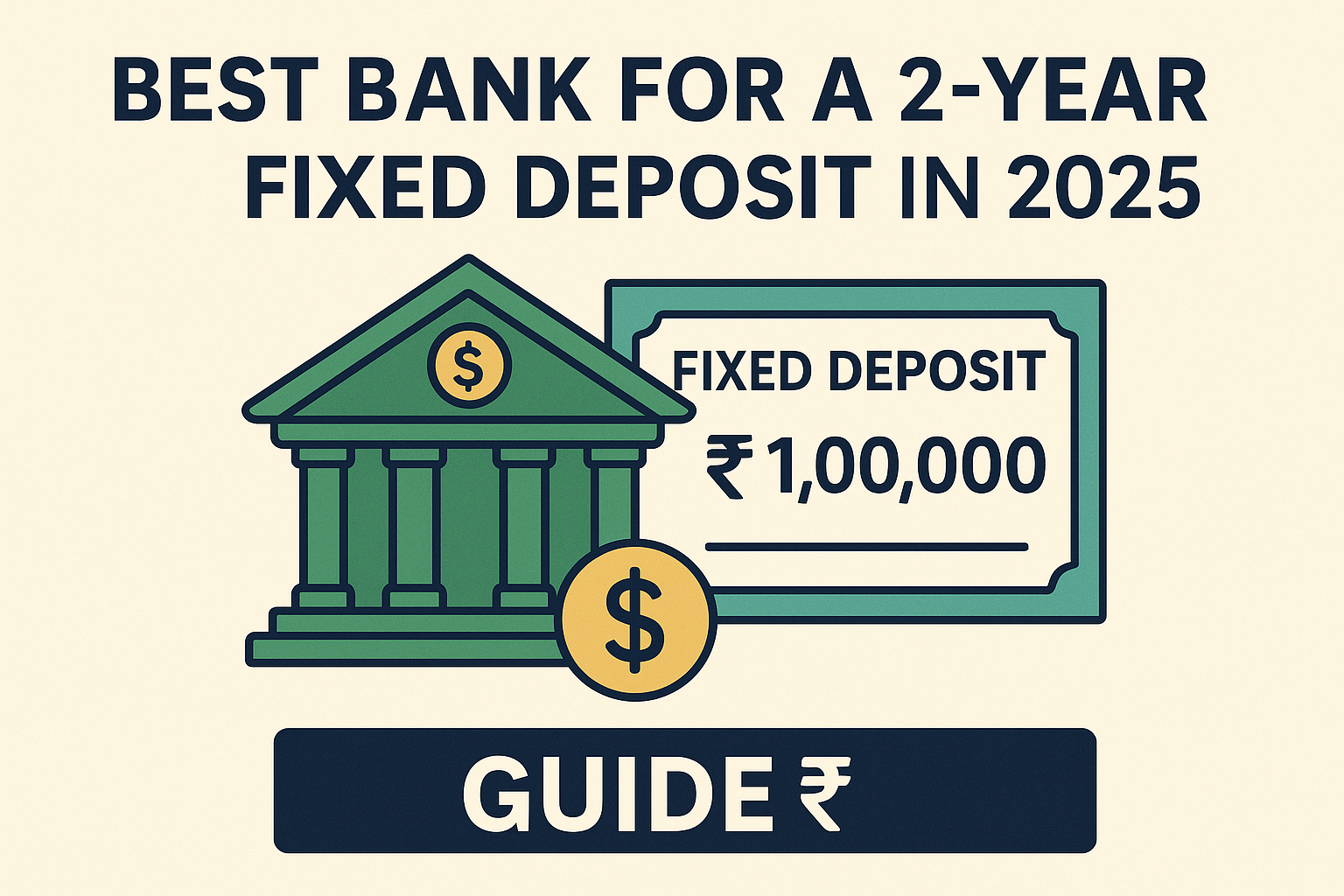Owning a house is a lifelong dream for many individuals in India. However, for those earning a monthly income of ₹10,000, the thought of getting a home loan can seem out of reach. Fortunately, several lenders and government-backed schemes are making it possible for low-income individuals to buy a home with manageable loans and subsidies.p
This article explains how someone with a ₹10,000 monthly salary can get a home loan, which lenders to approach, and what steps to take to improve the chances of loan approval.
Is It Possible to Get a Home Loan on a ₹10,000 Salary?
Yes, it is. Although traditional banks have strict eligibility criteria, several housing finance companies and small finance banks provide tailored loan products for individuals with limited income. In addition, government schemes like Pradhan Mantri Awas Yojana (PMAY) make home ownership easier through subsidies and reduced interest rates.
Estimated Loan Eligibility
If you earn ₹10,000 per month, you may be eligible for a home loan between ₹4 lakh and ₹6 lakh. The final loan amount depends on factors such as your credit score, current financial liabilities, location of the property, and whether you apply individually or with a co-applicant.
How to Improve Your Chances of Getting a Loan
1. Apply with a Co-Applicant
By adding a family member such as a spouse, parent, or sibling who earns, your total income increases. This improves your eligibility and allows for a larger loan amount.
2. Focus on Affordable Housing
Choose a property priced below ₹15 lakh. Affordable homes, especially in rural or semi-urban areas, are more likely to be financed by lenders with flexible terms.
3. Utilize Government Schemes
If your household income is within the limits defined for the Economically Weaker Section (EWS), you can apply for benefits under PMAY. This scheme offers an interest subsidy of up to 6.5%, which can significantly reduce the cost of your loan.
4. Prepare for the Down Payment
Generally, lenders will finance 75–85% of the property’s cost. The rest must be paid upfront. For a property worth ₹6 lakh, you should be ready to contribute around ₹1–1.5 lakh from your savings.
Where to Apply for a Home Loan
The following institutions are known to offer home loans to individuals with lower income brackets:
- Aadhar Housing Finance – Caters specifically to low-income and informal sector borrowers.
- LIC Housing Finance – Provides loans for smaller properties and supports government housing schemes.
- Shriram Housing Finance – Offers loans for construction or purchase of affordable homes.
- Repco Home Finance – Well-suited for those with non-standard income documents.
- Bandhan Bank – Offers simple and accessible housing finance for the EWS category.
- AU Small Finance Bank – Supports low-income borrowers with fast approval.
- Ujjivan Small Finance Bank – Offers housing loans starting from ₹2 lakh with minimal paperwork.
- SBI and Other Public Banks – While stricter, they participate in PMAY and support small-ticket loans in select areas.
- HDFC Ltd – Accepts applications under PMAY for eligible first-time buyers.
These lenders are more lenient with documentation and provide customized loan products for buyers who fall under the economically weaker sections.
Documents You May Need
Even if you don’t have formal salary slips, lenders may accept the following:
- Aadhaar and PAN card
- Address proof (utility bill, voter ID, etc.)
- Bank statements or passbook entries
- Rent receipts, electricity bill, or other proof of regular income
- Property documents, if available
Some housing finance companies also accept a declaration of income if you’re self-employed or work in the informal sector.
Frequently Asked Questions (FAQs)
Q1. Can someone earning ₹10,000 a month get a home loan?
Yes. Many lenders and finance companies offer home loans to people with low income, especially if the property value is within the affordable housing range.
Q2. What is the maximum loan I can get?
Typically, around ₹4–6 lakh, depending on your income, liabilities, and whether you apply alone or with a co-applicant.
Q3. Is a co-applicant required?
Not mandatory, but it significantly improves your chances and the loan amount.
Q4. What is PMAY and how does it help?
It’s a government scheme that provides interest subsidies to first-time homebuyers in the EWS and LIG categories, reducing EMI burden.
Q5. What kind of houses should I consider?
Low-cost houses priced under ₹10–15 lakh, especially in rural or tier-3 cities, have better approval chances and fall under government schemes.
Q6. Do I need to have formal income proof?
Not always. Many lenders accept alternate income proof like bank passbooks, utility bills, or even a self-declaration of earnings.
Q7. What credit score is needed?
A credit score above 650 is recommended. However, some lenders still approve loans with lower scores if other criteria are strong.
Q8. Can I apply for a subsidy under PMAY with a co-applicant?
Yes, as long as neither of the applicants owns a permanent home and other eligibility conditions are met.
Q9. How do I choose the best lender?
Visit or contact multiple lenders, compare interest rates, processing fees, and subsidy support, then choose the one that suits your income and requirements.
Q10. Can I repay early if my income increases?
Yes. Most lenders allow part pre-payment or full repayment with little to no charges, especially for small-ticket housing loans.
Conclusion
While ₹10,000 monthly income may appear small, it doesn’t eliminate your chance of owning a home. With the help of affordable housing finance institutions, co-applicant support, and government schemes, home ownership is a realistic goal. The key lies in choosing the right lender, planning your budget, and making use of the benefits available for first-time low-income homebuyer.
